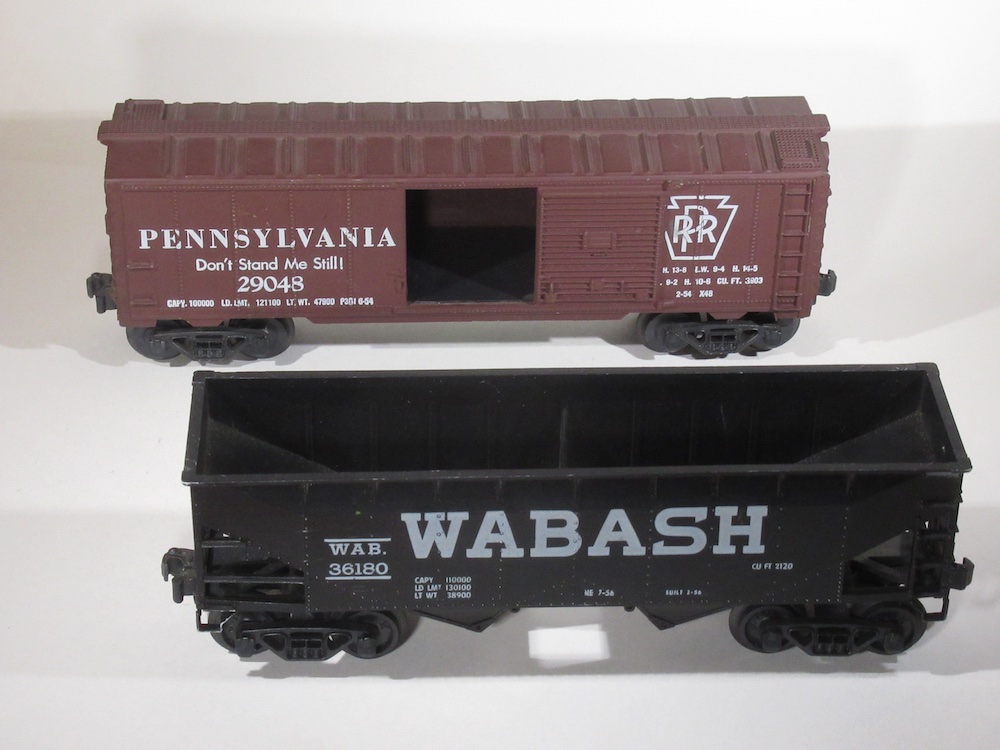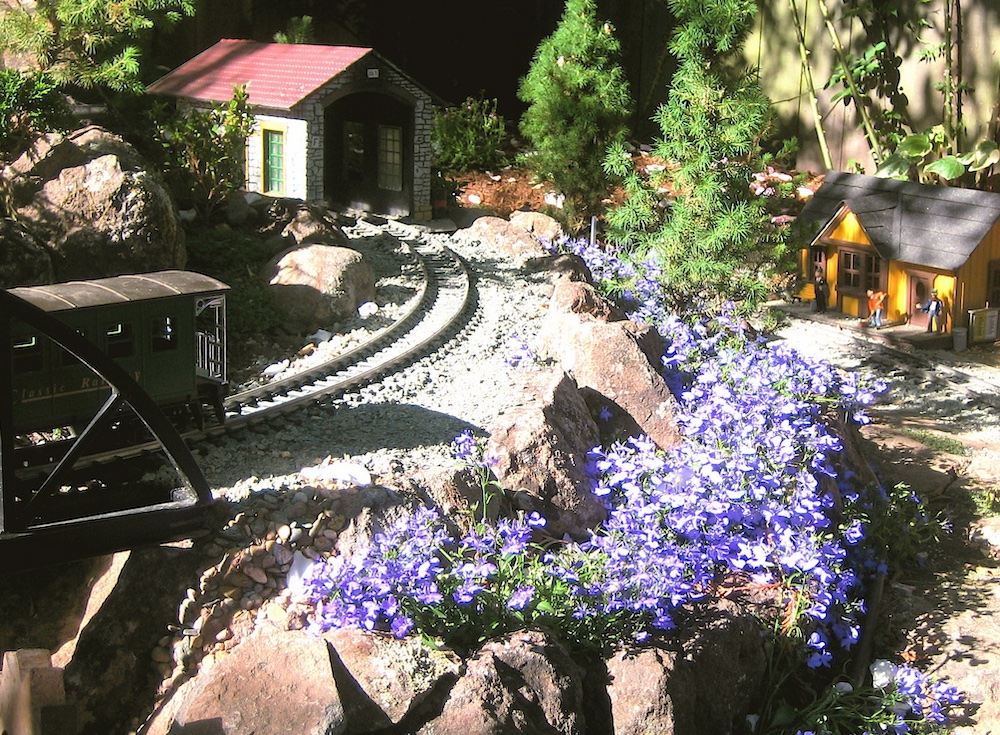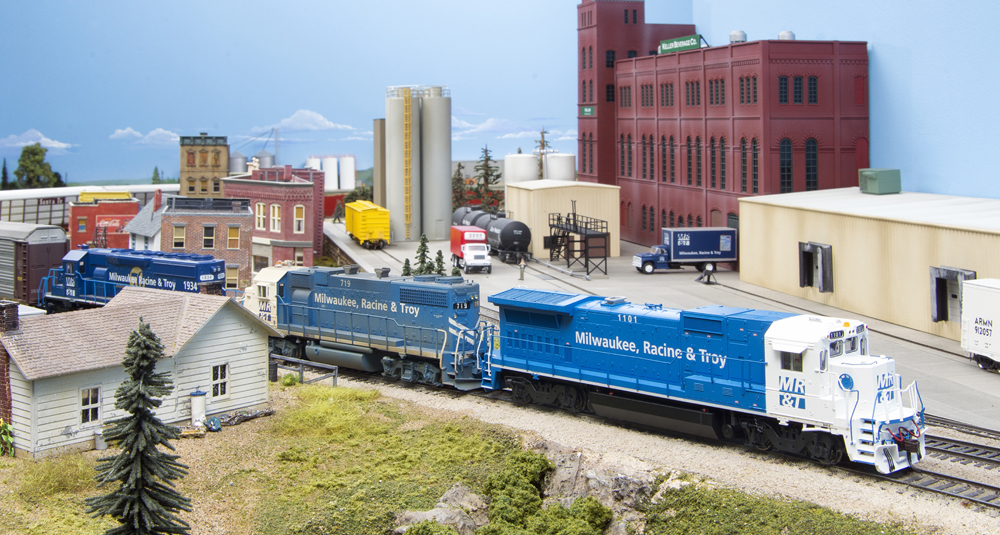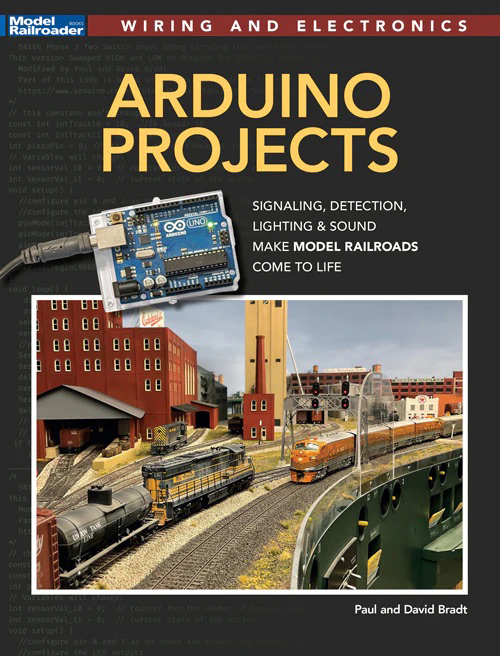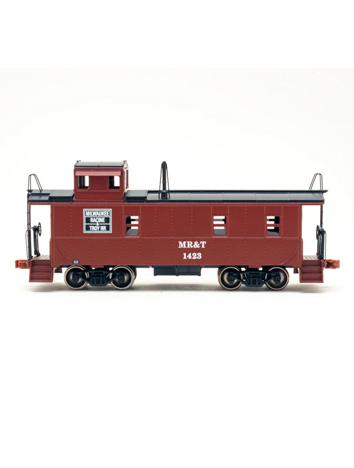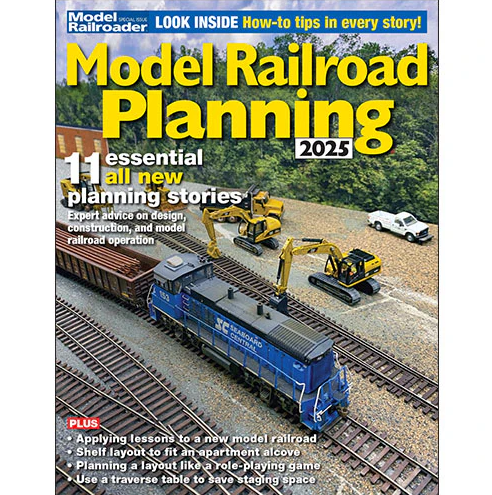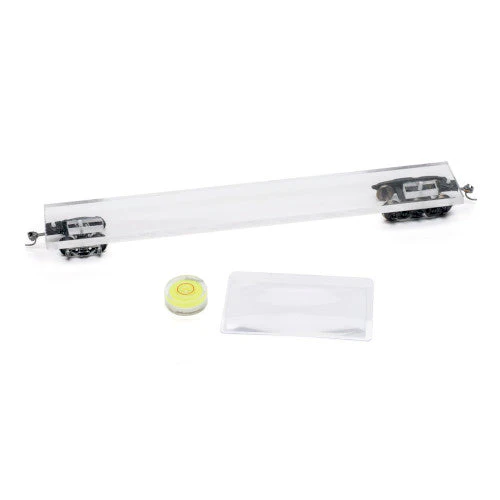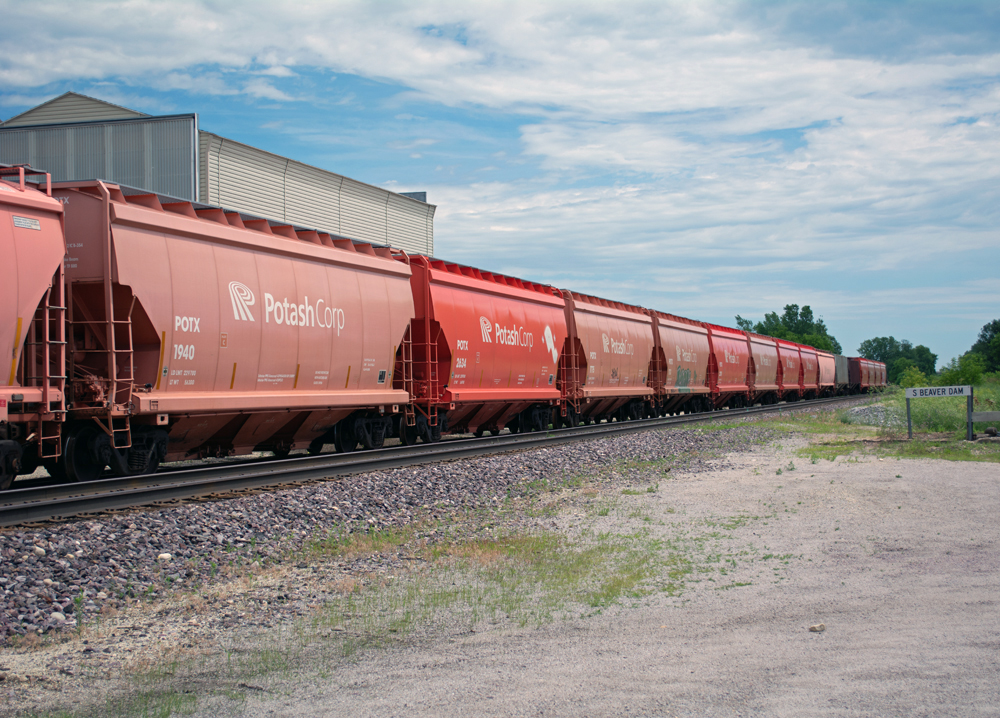
Q: I have a question about one of the articles in your special issue Best of Industries. On page 16, Rich Cobb wrote about a fertilizer blend plant. Can you tell me what kind of loads a plant like this would receive? — Markus Russ
A: We released that special-interest publication in 2021, so I had to go back and jog my memory. In the story, Rich wrote, “Materials came from Florida, New Mexico, and Canada, as well as a nitrogen plant Agway owned in Olean, N.Y. Covered hoppers from a variety of railroads could be seen in Auburn.”
The “materials” include phosphate and potash. Phosphate has been mined in various locations throughout the United States over the years, including Florida, Idaho, Montana, North Carolina, South Carolina, Tennessee, Utah, and Wyoming. In addition to fertilizer, phosphate is used in animal feed, cosmetics, electronics, and food preservatives.
The HO scale Pullman-Standard (PS) 2929 covered hopper from Tangent Scale Models is based on a prototype used to transport phosphate. Atlantic Coast Line, Seaboard Air Line, and Seaboard Coast Line had boxcars (with roof hatches) in phosphate service. Today, a variety of three-bay covered hoppers are used to haul phosphate, including the American Car & Foundry 4650 Center Flow; Evans 4780; and PS, Thrall, and Trinity 4750.
Potash is the name for various chemicals and minerals with potassium. Southeastern New Mexico is the leading potash producer in the United States; Canada is the world’s largest producer and exporter of potash. Uses beyond fertilizer include animal feed, batteries, detergents, prescriptions, and soaps.
An early car used to transport potash was the PS 2,003-cubic-foot capacity two-bay covered hopper. American Potash & Chemical Corp., Duval Sulphur & Potash Co., Potash Co. of America, and Southwest Potash Corp., among others, leased the two-bay cars in the 1950s. Models of the PS 2003 are available from Athearn (HO), Atlas (N and HO), Kadee (HO), and Micro-Trains (N).
Canadian potash has been shipped in various car types over the years. Among the models available are the Atlas HO scale slab-side covered hopper, appropriate for the mid-1950s through the late 1990s; Rapido HO scale 3800 four-bay cylindrical covered hopper, correct for the 1960s through the 2010s; and North American Railcar Corporation HO and N National Steel Car 4275 and 4300 three-bay covered hoppers, accurate for contemporary layouts.
Send us your questions
Have a question about model trains, full-size trains, or toy trains? Send it to AskTrains@Trains.com.






